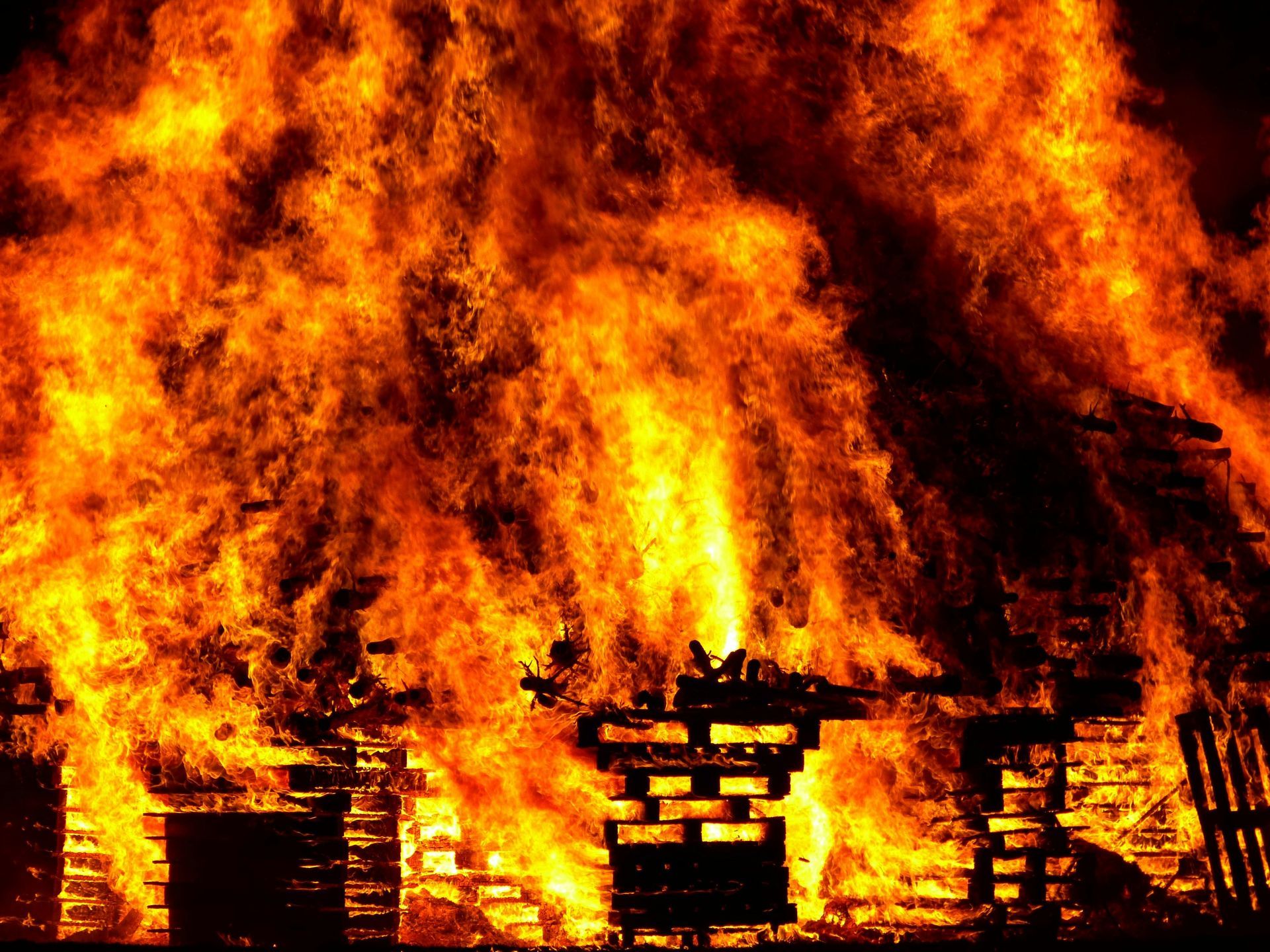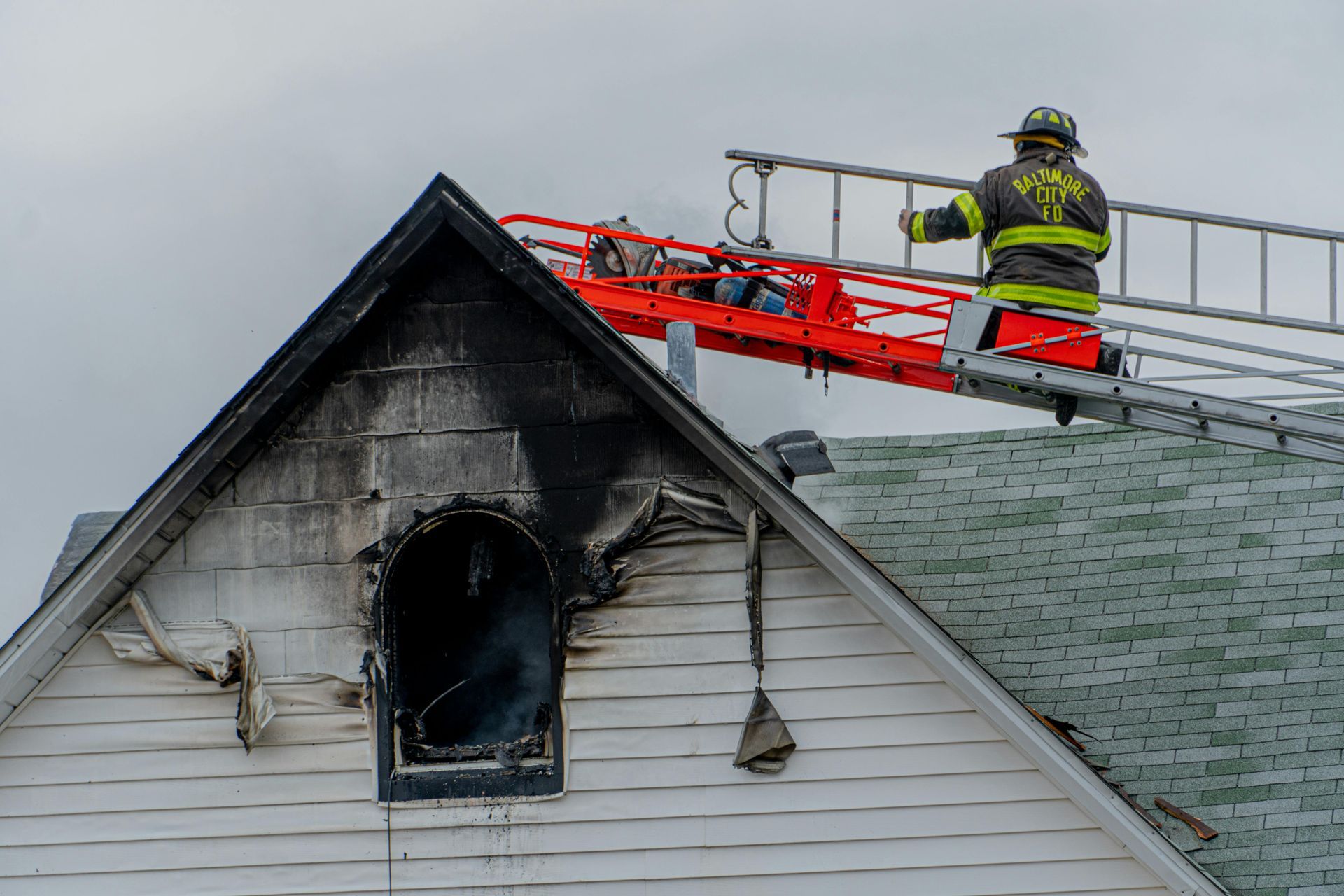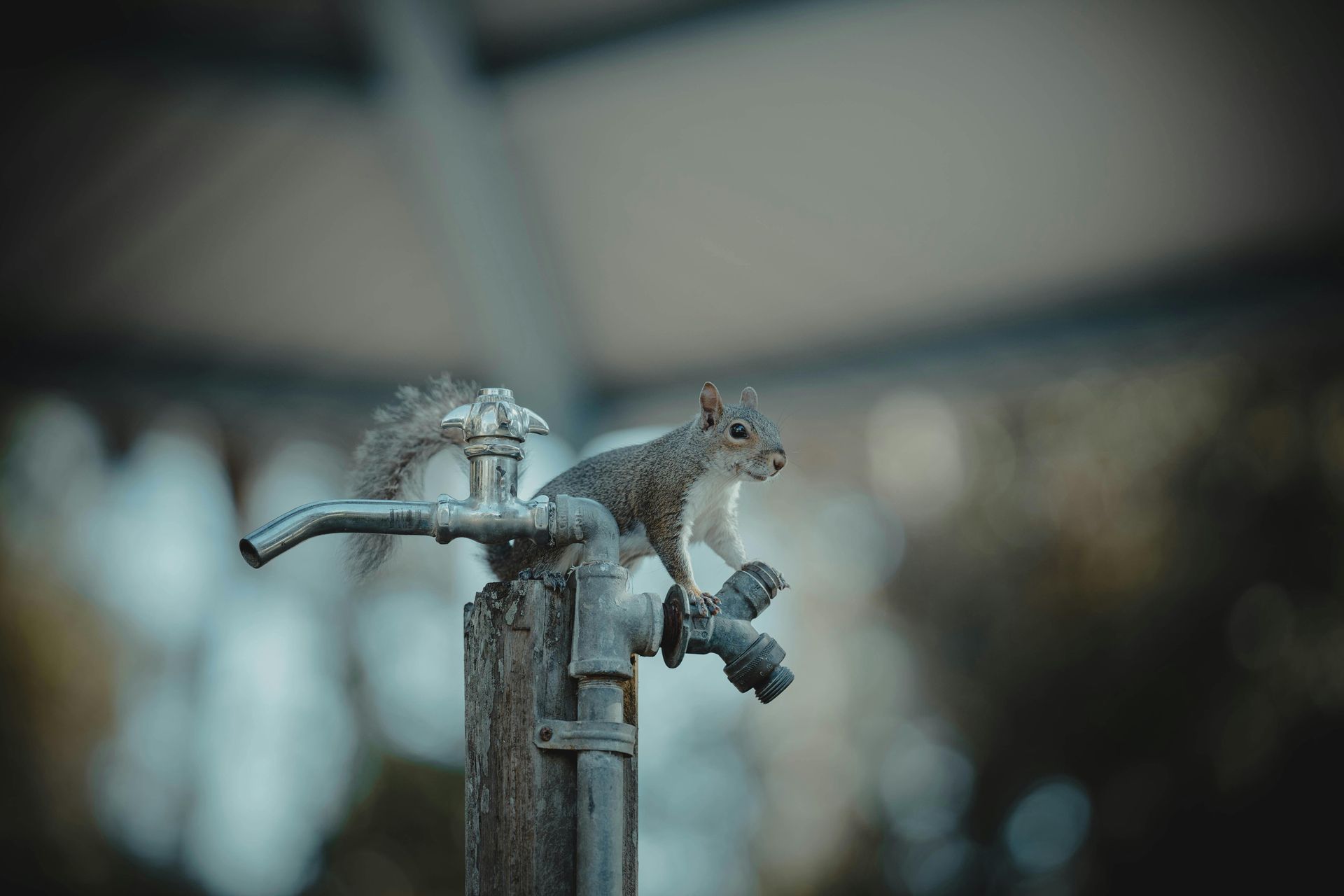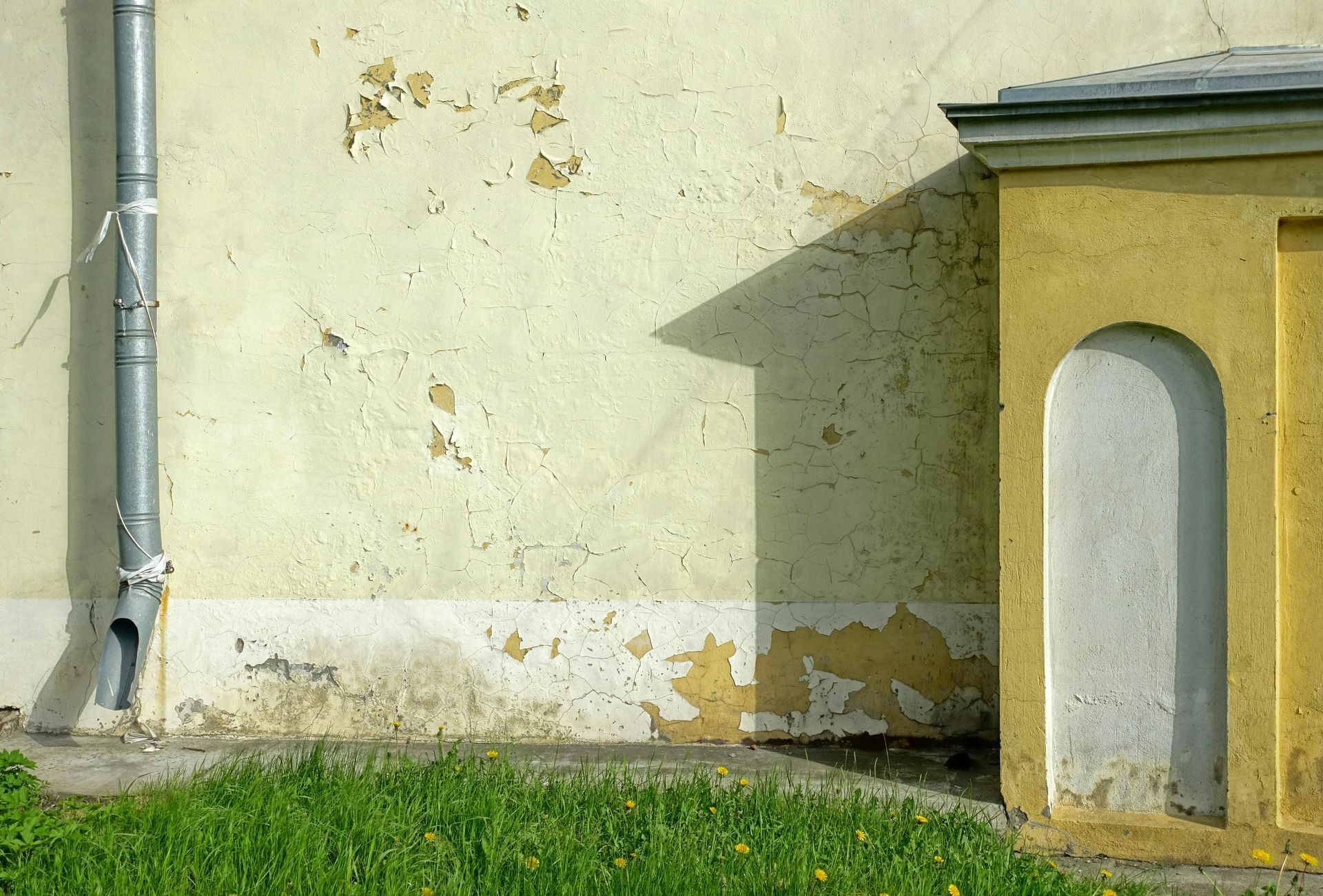Unveiling Fire Damage Causes: Common Sources in Homes
Fire damage causes devastated homes and also leaves lasting impacts on families, turning their lives upside down. Understanding the various sources of these fires is paramount to implementing preventative measures and ensuring the safety and security of residential spaces. This article aims to dissect the common culprits behind fire damage within homes, from neglected appliances to faulty wiring, highlighting the ubiquity of such hazardous conditions. By familiarizing ourselves with these risk factors, we can adopt more conscientious habits and safety protocols to mitigate the threat. In the sections that follow, we will explore these causes in detail, equipping you with the knowledge needed to protect your home and loved ones.
Fire Damage Statistics in Residential Settings
Fire damage remains a formidable challenge both nationally and globally, significantly affecting countless individuals and families each year. According to the National Fire Protection Association (NFPA), "U.S. fire departments responded to an estimated 1.3 million fires in 2020, which resulted in an estimated $21.9 billion in direct property loss." This statistic underscores the monumental financial burdens that fire inflicts on communities, disrupting lives and livelihoods. Beyond the staggering economic toll, the emotional and psychological impact on those affected is profound and oftentimes irreparable. Families not only lose their homes—a place of comfort, safety, and memories—but also face the daunting task of rebuilding their lives from the ashes. Globally, the situation mirrors these challenges. The World Health Organization (WHO) reports that fires are responsible for over 180,000 deaths annually, highlighting the dire need for improved fire safety measures and awareness worldwide. These figures serve as a grim reminder of fire's devastating potential, underscoring the importance of preventative action, stringent safety protocols, and community education to mitigate the risks and protect lives and properties from this pervasive threat.
Understanding the Nature of Fire
Fire, at its core, is a chemical reaction known as combustion, which occurs when a fuel source interacts with oxygen in the presence of heat. This process is succinctly explained by the concept of the fire triangle, which outlines three essential ingredients for a fire to ignite and sustain: heat, fuel, and oxygen. Heat provides the energy necessary to start the combustion process, fuel acts as the combustible material that feeds the fire, and oxygen supports the chemical reactions that release heat and light. Understanding this fundamental chemistry is vital for grasping how fires start and propagate, especially in residential environments.
In homes, fire typically spreads by finding new fuel sources to consume, which can include anything from curtains and furniture to clothing and paper. The initial heat source can significantly elevate the temperatures of nearby objects without direct contact, leading to their ignition if they reach their combustion point. This process can rapidly escalate, especially in spaces cluttered with combustible materials or where there's inadequate ventilation to disperse heat and smoke, making early detection and suppression critical. Recognizing how fires initiate and propagate in residential settings lays the groundwork for implementing effective prevention measures, such as maintaining clear spaces around heat sources, regularly inspecting electrical systems, and ensuring homes are equipped with working smoke detectors and fire extinguishers.
Common Causes of Fire Damage in Homes
Identifying common causes of fire damage in homes is critical for prevention. These include electrical malfunctions, unattended cooking, heating devices, smoking indoors, and defective appliances. Awareness and caution in these areas can significantly reduce fire risks.
Cooking Equipment
Cooking equipment is the leading cause of home fires and injuries, often due to unattended kitchen appliances and overheated oil. The NFPA reports that cooking fires account for 49% of all home fires. For example, leaving a stove unattended or allowing oil to overheat can quickly ignite a fire. To prevent these incidents, homeowners should never leave cooking appliances unattended, keep flammable objects away from the cooking area, and install a fire extinguisher in the kitchen. Additionally, installing a timer as a reminder that cooking is in progress can help avert potential disasters stemming from forgetfulness or distraction.
Electrical Equipment and Faulty Wiring
Faulty or outdated electrical systems can significantly increase the risk of fires in homes. These risks are amplified by overloaded circuits, frayed wires, or improperly installed electrical systems. Common warning signs of potential electrical problems include frequent circuit breaker trips, flickering lights, discolored electrical outlets, and a persistent burning smell. To prevent electrical fires, homeowners should ensure that electrical installations and repairs are performed by qualified electricians, avoid overloading outlets and extension cords, and replace or repair any damaged wiring promptly. Regular inspections of the electrical system can also identify and mitigate risks before they lead to disaster.
Heating Equipment
Heating equipment, such as space heaters, fireplaces, and wood stoves, plays a significant role in home heating, especially during colder months. However, these heat sources can also pose a considerable fire risk if not used properly. Space heaters, for instance, should be kept at least three feet away from anything that can burn, including upholstery, clothing, and bedding. Fireplaces and wood stoves should be regularly cleaned and inspected to ensure they are functioning correctly and safely. Installing a sturdy screen in front of fireplaces can prevent sparks from escaping and igniting nearby flammable materials. Additionally, never leave heating equipment unattended, and always turn off portable heaters when leaving the room or going to sleep. Following these safety measures can dramatically reduce the risk of fire caused by heating equipment.
Smoking in Bedrooms
Smoking in bedrooms is a highly dangerous habit that significantly increases the risk of fire. In fact, it is the leading cause of fire-related deaths in homes. According to statistics, careless smoking, particularly when smokers fall asleep before extinguishing their cigarettes, can quickly ignite bedding, mattresses, and other flammable materials. To mitigate these risks, it's advisable to smoke outside, ensuring that cigarettes are fully extinguished in a safe container. For those who choose to smoke indoors, it is crucial to never smoke in bed or when feeling sleepy and to use deep, sturdy ashtrays to prevent ashes from falling onto surfaces that can catch fire. Implementing these safer smoking habits can drastically reduce the incidence of devastating fires in homes.
Candles
Candles, while creating a warm and inviting atmosphere, can also be a source of fire in homes if left unattended or placed improperly. The proximity of candles to flammable objects, like curtains, books, and decorations, can quickly escalate into a major fire. To prevent such hazards, it is crucial to keep candles on stable surfaces away from combustible materials and never leave them burning unattended. Additionally, consider using candle holders designed to catch dripping wax and avoid placing candles near windows where curtains might blow into the flame. Using battery-operated, flameless candles can offer a safer alternative without sacrificing ambiance. Regular vigilance and these preventative measures can significantly reduce the risk of candle-related fires.
Flammable Liquids
Flammable liquids, such as gasoline, solvents, and cleaning agents, pose a significant fire risk when not stored properly. These materials can easily vaporize and, if exposed to a spark or flame, ignite, leading to rapid fire spread. Proper storage involves keeping these liquids in well-ventilated areas, away from living spaces, and within containers designed for flammable substances. It is crucial to follow local regulations regarding the maximum quantity stored and the disposal of unused or old flammable liquids. Always use and dispose of these materials away from heat sources and electrical equipment to minimize the risk of accidental ignition.
Grills and Barbecues
Outdoor grilling and barbecuing, while popular activities for family gatherings and social events carry inherent fire risks if not managed correctly. It is crucial to place grills away from the home, deck railings, and out from under eaves and overhanging branches. Never leave a grill unattended once lit, and keep children and pets at a safe distance. Additionally, regularly clean the grill to remove grease or fat buildup, which can ignite a fire. For propane grills, check the gas tank for leaks before using it for the first time each year. Adhering to these safety measures can help prevent unexpected fires and ensure a safe grilling experience.
The Impact of Fire Damage on Homes
The physical and structural damage caused by fires in homes can be extensive and multifaceted. Flames can quickly consume the building's framework and personal belongings, while smoke and soot can permeate walls, ceilings, and furniture, causing lasting odors and staining. Furthermore, the water used in firefighting efforts often leads to additional damage, including mold growth and structural weakening. Beyond the immediate material loss, the emotional and psychological toll on homeowners and their families is profound. Experiencing a fire can lead to feelings of loss, anxiety, and insecurity, disrupting the sense of safety within one's own home. The aftermath of navigating insurance claims, temporary housing, and the potential loss of irreplaceable personal items can exacerbate stress and emotional distress.
Additionally, the environmental impact of residential fires extends beyond the immediate vicinity. The release of carbon monoxide, volatile organic compounds (VOCs), and other hazardous substances during a fire contributes to air pollution, while the process of rebuilding and disposing of debris can add to landfills, affecting local ecosystems. This cascading series of effects highlights the complex consequences of fire damage, underscoring the importance of prevention and preparedness to mitigate these impacts.
Fire Safety Measures and Fire Damage Prevention
The imperative of instituting rigorous fire safety measures cannot be overstressed. At the forefront of these precautions are the installation of smoke detectors and fire extinguishers strategically placed throughout the home. Equally crucial is the formulation of a comprehensive family escape plan, ensuring that all members are prepared and cognizant of the safest exits in the event of a fire. These measures serve as the initial line of defense, alerting residents to the immediate danger and providing the means to either combat a small blaze or safely evacuate.
Complementing these safety installations, the regular maintenance and inspection of household appliances and systems play a pivotal role in fire prevention. Routine checks can reveal hazards such as faulty wiring, overloaded circuits, and malfunctioning appliances, thereby thwarting potential fire sources before they ignite. Such diligence in home upkeep reduces the risk attributed to electrical and appliance-related fires dramatically.
Homeowner's insurance, with comprehensive fire damage coverage, emerges as a critical safety net. Beyond the immediate measures of fire prevention and safety equipment, insurance provides financial protection against the unforeseen, covering losses and damages incurred due to fires. This protection not only facilitates the rebuilding process but also offers peace of mind, knowing that in the aftermath of a fire, the financial impact will be mitigated. Together, these strategies of prevention, preparedness, and protection form a robust framework against the perils of fire damage in the home.
Recovering From Fire Damage: Restoration and Rebuilding
Experiencing the damage caused by fire in your home can be an overwhelming ordeal, leaving you in need of a trusted partner to guide you through the restoration process. First Call Restoration specializes in turning back the clock on fire damage, employing state-of-the-art techniques and compassionate service to restore not just your property but also your peace of mind. Our team understands the urgency and sensitivity required to effectively address fire damage, ensuring a smooth and swift return to normalcy. Don't wait to start the recovery process; contact First Call Restoration today and take the first step towards reclaiming your home from the aftermath of fire damage.

Quick Links
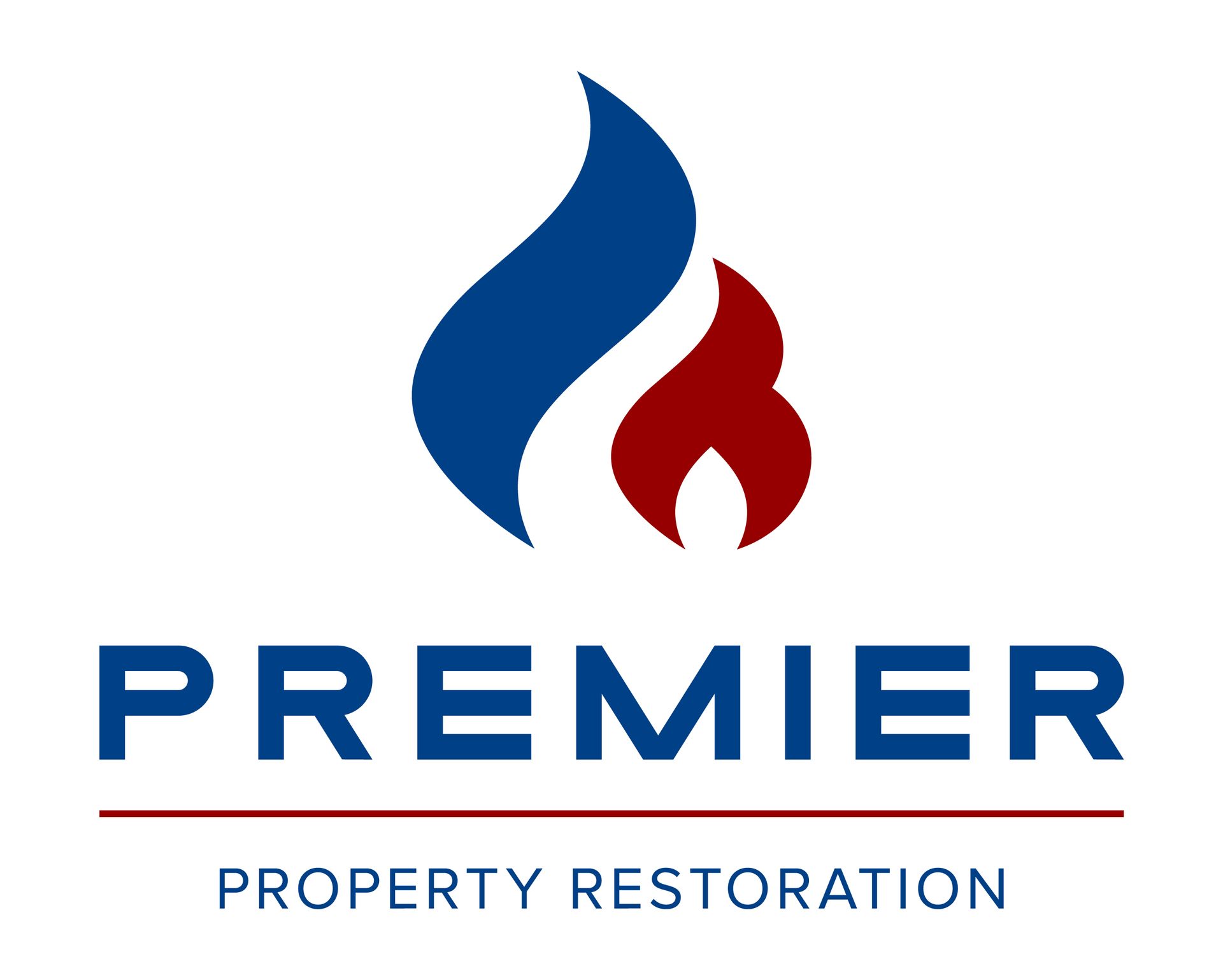
Premier Property Restoration is a trusted IICRC-certified contractor specializing in water, fire, and mold damage restoration in New Orleans and the surrounding areas. With a commitment to rapid response and high-quality service, we ensure your property is restored efficiently and effectively. Our expert team handles everything from emergency response and damage assessment to thorough cleanup, sanitation, and reconstruction. Accepting all insurance claims, we aim to make the restoration process as seamless as possible. Choose Premier Property Restoration for reliable, professional restoration services that prioritize your peace of mind and property safety.
Office Locations
Premier Property Restoration of New Orelans
4955 W Napoleon Ave #3102, Metairie, LA 70001
© 2023 • Premier Property Restoration • All Rights Reserved
